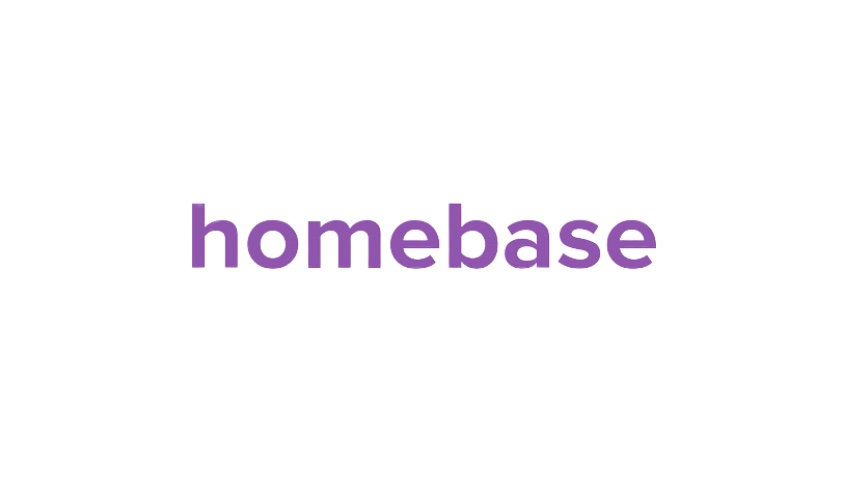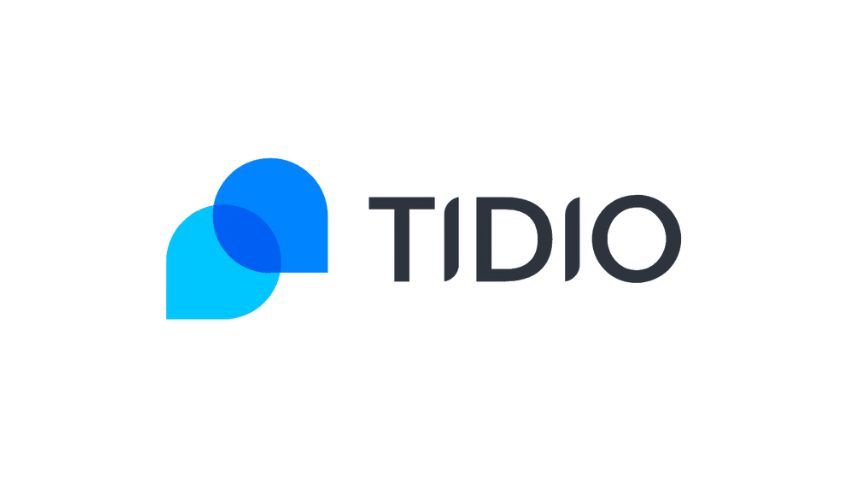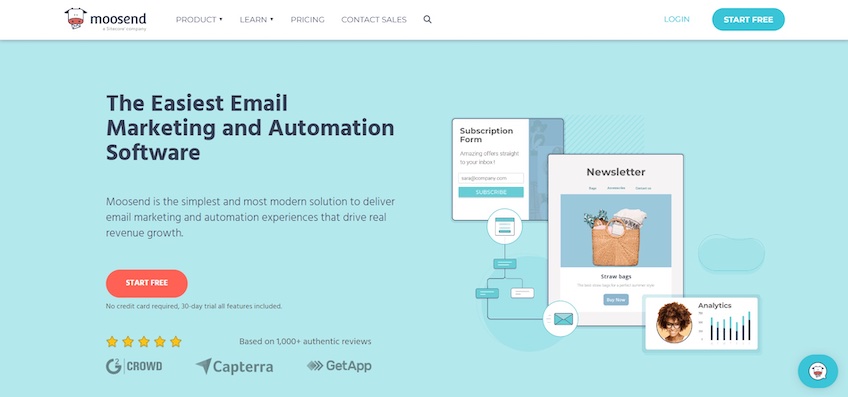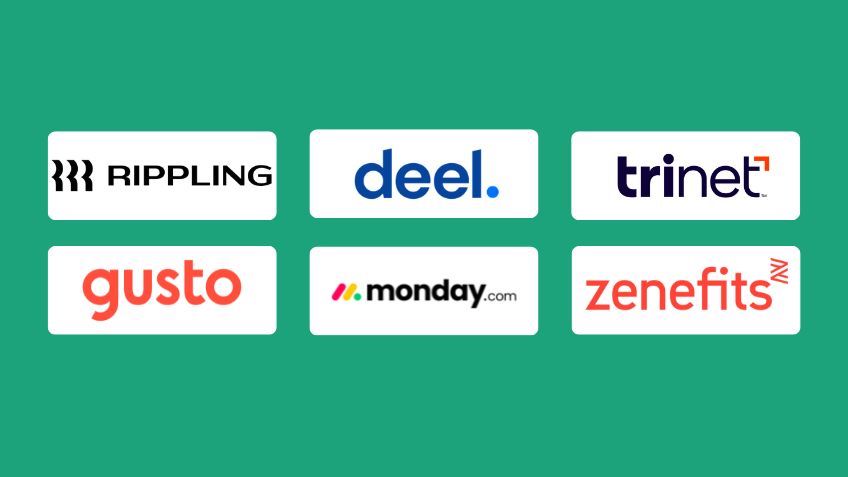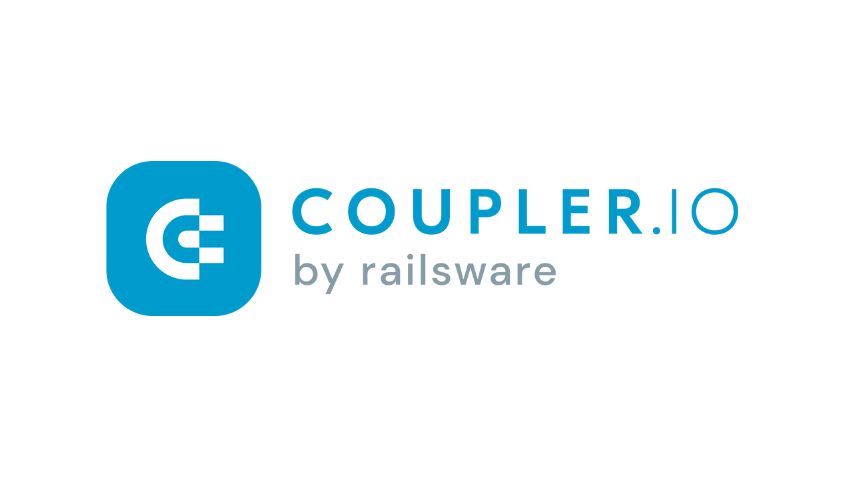Want to jump straight to the answer? The best time clock software for most people is Homebase or Deel.
Traditional punch cards and paper timesheets are relics of the past. Logging employee hours has gone digital. Time clock software makes it easier for employers to track and manage how long their staff works every day.
The Top 9 Best Time Clock Software
- Homebase – Best free time clock software
- Deel – Best for global companies with remote workforces
- 7shifts – Best time clock software for restaurants
- OnTheClock – Best web based time clock software
- TimeClockPlus – Best time clock software for large employers
- ClockInEasy – Best simple time clock software
- Time Clock Wizard – Best unlimited users plan
- ClockShark – Best time clock software for field service employees
- uAttend – Best time clock software for small business
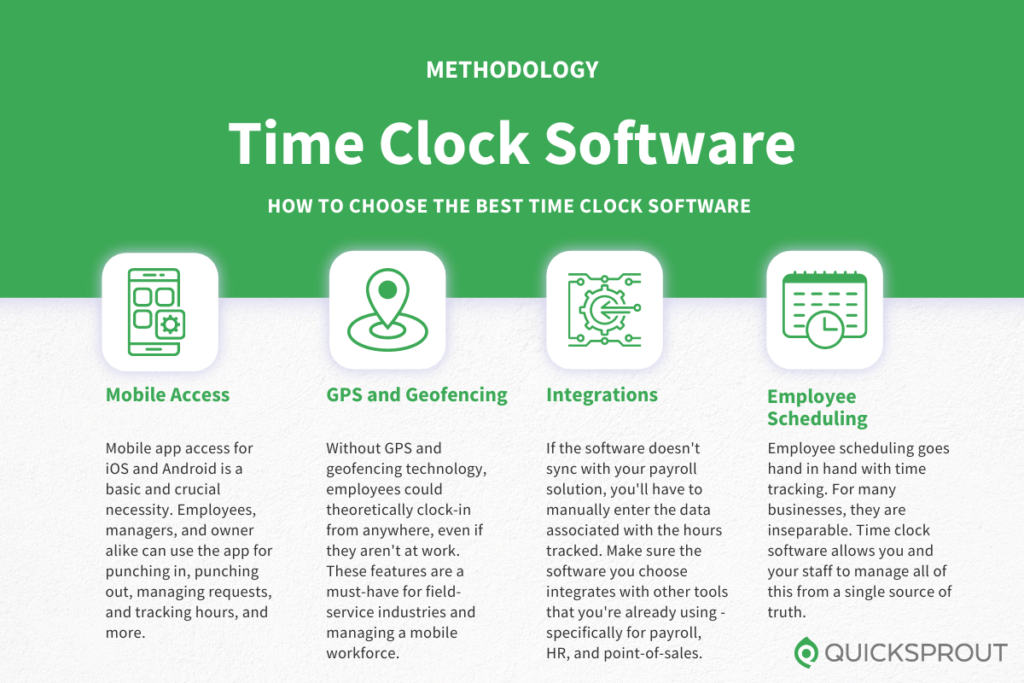
Finding the best time clock software for your needs can be a challenge. There are many options out there.
We reviewed them all and narrowed it down to the top eight choices. In this guide you’ll find an in-depth review for each. We cover the features, benefits, pricing, use cases, and potential drawbacks of each software on the list.
Read on to find the best solution for you.
Homebase — Best Free Time Clock Software
Homebase is one of the most…
